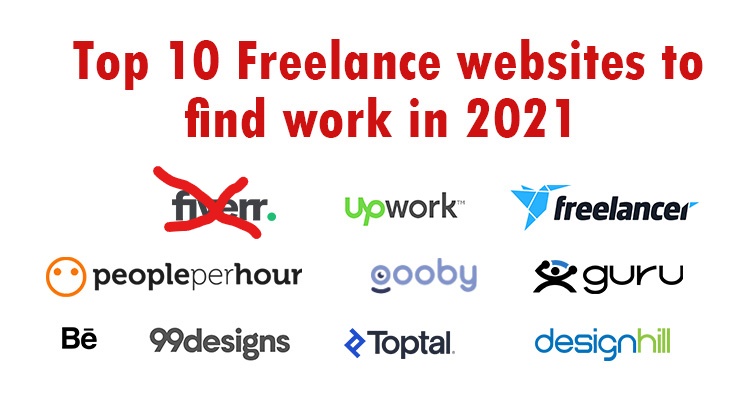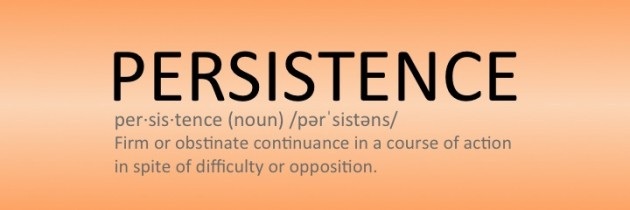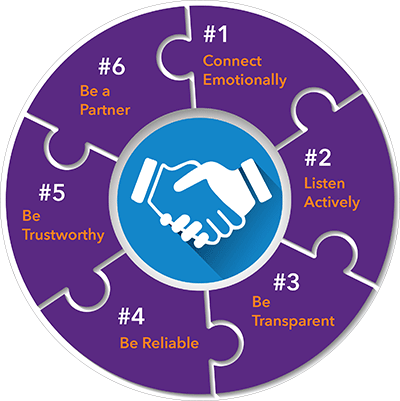IMAGINE. traveling the world, being your own boss, and setting your own hours…
This could be and should be YOU.
I left my 9 to 5 prison called “retail management” and became a successful freelancer. I left everything behind, packed a backpack, took what little money I had in my account, and headed for Mexico. BUT I won’t get into my personal stuff here. I’m doing that in a separate blog series on Medium here. Instead I’ll focus solely on how I started and made my freelancing career a success and how you can too.
“Hard work without direction is a difficult waste of time”
– Anonymous
assessing your situation
Is it worth it for me?
When it comes to pursuing freelancing you have to ask yourself “are you willing to take risks?”.
Does the thought of the potential initial pay cut and uncertain job prospects give you anxiety?
For better or worse that is the nature of freelance work. You have to compare the pros and cons. If you have a full pipeline of clients then the limitations seem endless. On the other hand… What if you can’t find clients? What if potential clients turn you down due to lack of experience?
Freelancing after all is competitive and clients want the best talent at the best rates. Even though lucky for us freelancers those “best rates” are still typically significantly higher than what you would see in the job market for the same role.
So if you’ve come to the conclusion that the potential rewards of higher pay rates, making your own schedule, traveling the world, and working from anywhere is worth it
and
you have decided you are willing to take on the potential risks to reap incredible rewards that can potentially come with freelancing and being an entrepreneur then keep reading…

Platform vs off-platform
Freelance platforms or self prospecting
When starting out on freelancing career there will be two paths you can take.
You can use a freelancing platform.
Freelance platforms help companies find and hire independent professionals for temporary job roles or special projects. These platforms offer a marketplace for businesses to browse profiles of freelancer candidates based on skills, experience, location, or other criteria.
Platforms include:
- Upwork
- PeoplePerHour
- Toptal
- Freelancer
- Guru
(I don’t consider Fiverr a serious platform)
The benefits of a platform:
– clients and projects are compiled in one place
– filters to help narrow down clients and projects
– prospecting is essentially set up for you
– big networks and typically lots of opportunities
– can act as a mediator for freelancers and clients
*
The drawbacks of platform:
– typically lots of fees involved
– support tends to favor clients
– tough to get your first project
– no or little control over billing clients
OR
You can self prospect.
By “self prospecting” I mean prospecting which consists of identifying potential customers, aka prospects. The goal of prospecting is to develop a database of likely customers and then systematically communicate with them in the hopes of converting them from potential customer to current customer.
There are many different ways you can go about self prospecting.
I STRONGLY RECOMMEND USING A PLATFORM UNTIL YOU HAVE significant experience!
The benefits include:
– no fees
– full control over contract with client
– an absolute must when running an agency
The drawbacks include:
– using most of free time prospecting
– no support
– much less chance landing an initial client
– not much benefit for a solo freelancer
getting set up
Building a professional online presence
The first step is choosing a platform. We’ve established self prospecting is for seasoned freelancers so I’ll save that for another article.
I highly recommend Upwork to get started as it has a huge network, a broad range of clients and projects, and support.
After you’ve chose your platform its time to sign up for an account and setup a profile. It is very important to complete your profile fully. Be sure to write professionally and emphasize your strengths.
If you are like I was and don’t have a readily identifiable niche there are projects you can take on which require little experience like cold calling.
Keep in mind you may only stat off making 10-12/hr cold calling but you can increase your rates up to 30+/hr for same kinds of projects as you increase your experience.
As you go a long you may notice a trend in desirable skills in the projects that are posted. A lot of what I and many freelancers have learned is self taught. Don’t be afraid to hit up Coursea or Udemy in your free time.
A useful skill you can learn to branch out from cold calling is “lead generation”. There are tons of articles and courses on the web that can easily teach you the ins and outs of lead generation within a couple weeks.
Once you have discovered what your niche is you need to really sell yourself on your profile. You should have a professional headshot. You should have a professional looking profile that sells clients on what you can offer them. It is a good idea to get a professional resume design too.
Once you are all set up it is then time to start bidding on projects!

bidding on projects
Winning your first client
Now you will start submitting bids and cover letters to potential clients. On your chosen platform you should customize your feed filters to show only the types of contracts you wan to bid on.
After opening a project you will see the project description and you have button that will allow you to submit a proposal.
A PROPOSAL includes your cover letter, your proposed hourly or fixed rate, and answers to any additional listed questions.
TIP: It is a good idea to bid low in order to win your first project. As you successfully complete more projects you will be able to continuously raise your rate.
Submit lots of proposals to projects that fall into your niche. Remember that it is a numbers game so the more projects you submit proposals to the more likely you are to get interviews.
Again, it is a good idea to line up a lot of interviews not just because it increases your odds of getting a contract but also because a lot of times clients may only start you at 10 hours/week.
Therefore it is good practice to keep multiple clients if you want to freelance fulltime. Initially you may want to take on 3 or 4 clients but as you build relationships with clients they will gradually increase your hours. So eventually you may be working fulltime with just 1 or 2 clients.
When you are first starting out freelancing on any platform persistence is key. Submit as many proposals as you possibly can. Think of freelancing as a snowball rolling downhill. The more projects you pick up the more momentum you gain the easier things become.

client relationships
Maintain your clients and build your pipeline
Building and maintaining client relationships is important across any industry. It is how we keep the business we have and how we continue to build our business going forward.
When it comes to freelancing on platform it is exceptionally crucial.
The strength of your client relationships ultimately determines the length of your engagement, if you get repeat business, referrals, potential references, and your profile feedback.
If you can’t keep your clients happy you will have a very tough time maintaining a full workload.
Mot importantly however is your profile feedback. If clients are constantly leaving bad feedback on your profile it will hurt your standing with the platform and your future contract prospects.
However, if you are taking care of your clients and delivering results your clients will reward you with positive feedback. This helps your standing on the platform, improves your reputation, leads to big increases in landing contracts, and will lead to you to being invited to apply for projects.
Invitations: These are sent out to from either clients or talent specialists on the platform. Only the best freelancers in their given niche are invited to apply on contracts. Being invited to project strongly increases the likelihood of receiving a contract.
Remember, taking care of your clients and ensuring that they are happy can sometimes prove more useful than the results you deliver. If a client likes you on a personal level and you have a great relationship you open yourself to so many more opportunities.

the next steps
How far can you take your freelancing venture
You can take this entrepreneurial journey as far as you want to take it. There is no set roadmap for what you an do after you’ve established yourself as a freelancer.
The skills you learn along the way and the experience you gain becomes invaluable. The clients you work with and references and relationships you can obtain from freelancing can continue to help you throughout the entirety of your career.
For me personally, the next step was building an agency “Ulin Consulting”. An agency geared toward helping independent freelancers gain more work and higher rates.
www.ulinconsulting.com
Next, I set up this blog “Let’s CEO”. I set up this blog as a site for entrepreneurs to share information and network.
I am currently in the middle of writing an entrepreneur themed eBook which will be advertised and sold across all of my websites.
Freelancing is a great way for prospective entrepreneurs to gain experience but I view it as only a “foot-in-the-door” opportunity for entrepreneurs. Realistically freelancing alone isn’t going to make you a millionaire. At most you may be able to turn it into a 6 figure venture but only barely.
Instead, freelancing should be thought of as ONE aspect of your money making ventures. ONE of many income streams.

– Lance
Resources:
- www.upwork.com
- www.ulinconsulting.com
- www.letsceo.com
- www.linkedin.com
- www.hubspot.com

1 thought on “How I Became a Successful Freelancer and You Can Too!”